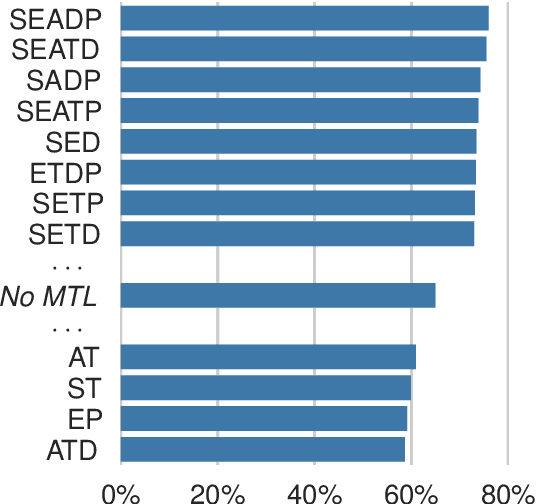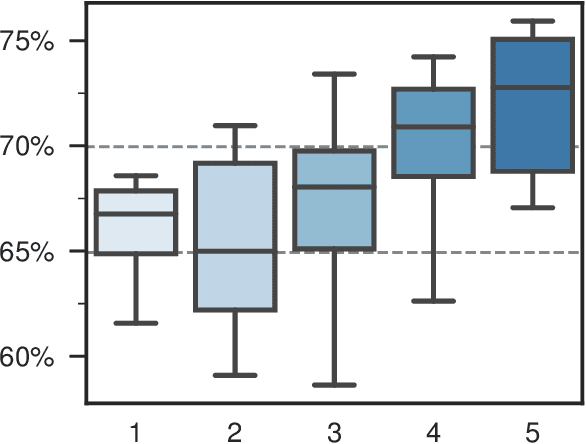Few-Shot and Zero-Shot Learning for Historical Text Normalization
Paper and Code
Mar 12, 2019



Historical text normalization often relies on small training datasets. Recent work has shown that multi-task learning can sometimes lead to significant improvements by exploiting synergies with related datasets, but there has been no systematic study of multi-task learning strategies across different datasets from different languages. This paper evaluates 63 multi-task learning strategies for sequence-to-sequence-based historical text normalization across ten datasets from eight languages, using autoencoding, grapheme-to-phoneme mapping, and lemmatization as auxiliary tasks. We observe consistent, significant improvements across languages when training data for the target task is limited, but minimal or no improvements when training data is abundant. Finally, we show that zero-shot learning outperforms the simple, but relatively strong, identity baseline.
 Add to Chrome
Add to Chrome Add to Firefox
Add to Firefox Add to Edge
Add to Edge